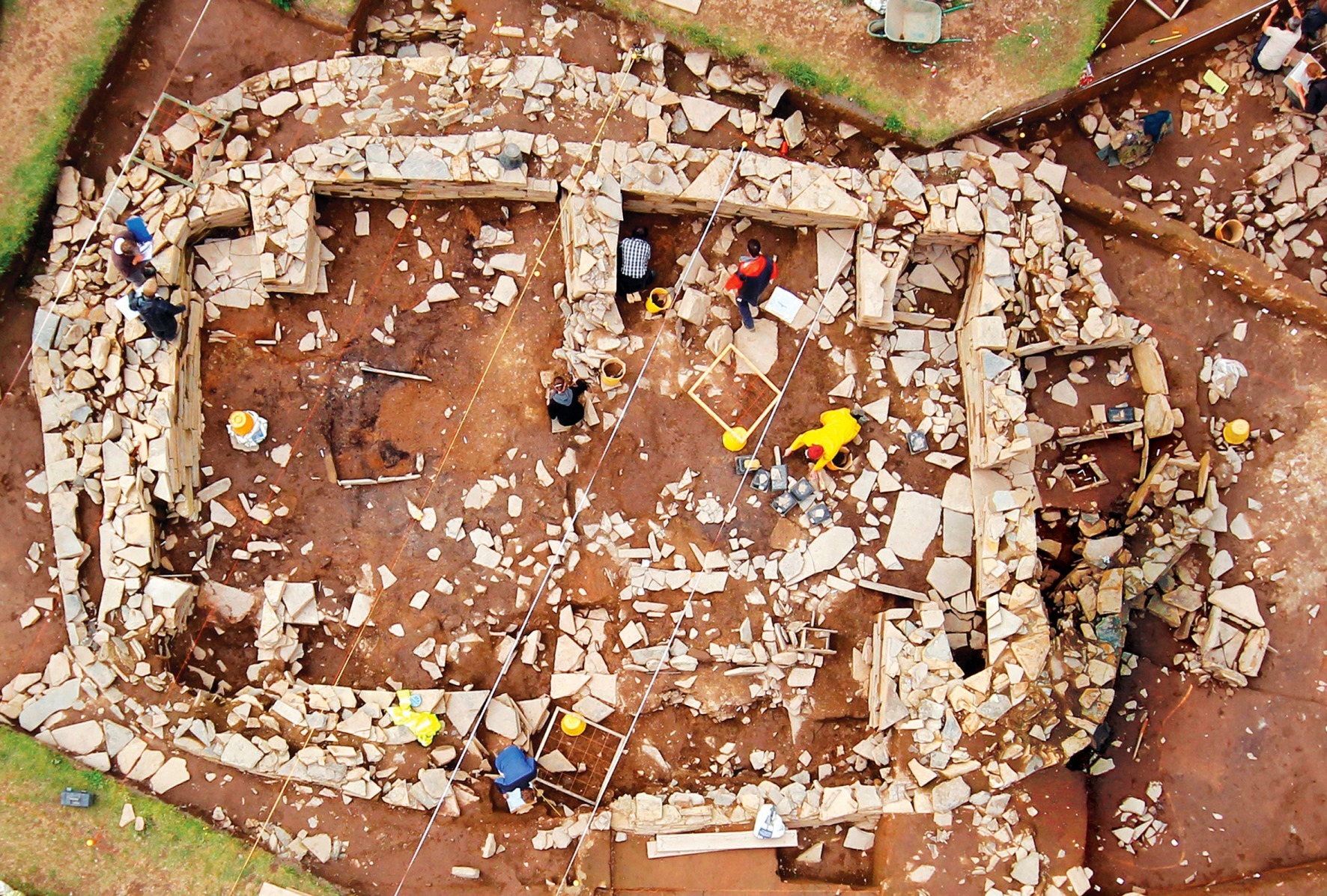Finds from an archaeological site in Orkney described as the “world’s most spectacular Neolithic dig” are to go on show.
Discoveries from the Ness of Brodgar, located within the Unesco world heritage site and a stone’s throw from the famed Ring of Brodgar, will form of a major new exhibition, which opens this weekend in Stromness Museum.
Beautifully polished stone mace heads, axes and carved stone balls can be viewed alongside pottery, flint and stone tools, and photographs showing the site during excavation.
The exhibition will feature the latest updates on work from site director Nick Card, senior projects director with the Orkney Research Centre for Archaeology, as well as experts in the Neolithic history of the islands.
Mr Card said: “We have always known there was archaeology at the Ness, as there have been various discoveries and finds over the past couple of hundred years..
“But nobody presumed the scale or complexity of the site until we carried out some geophysical scans in 2002 – passing electromagnetic waves through the soil to produce images which can reveal anomalies such as structures, ditches, and walls.
“It was then it became apparent we could be looking at something truly significant.”
In 2003, a huge stone slab was turned up when the field was ploughed, leading to several small scale investigations in the years following.
Five years later, large scale excavations commenced, revealing a monumental walled enclosure encasing many massive buildings including one of the largest, if not the largest, stone-built Neolithic non-burial structures in Britain.
TV archaeologist Neil Oliver described the site as the “world’s most spectacular Neolithic dig … the most significant archaeological discovery of my lifetime.”
Ground breaking finds have followed thick and fast, including in 2010 evidence of extensive and hitherto unseen use of colour on walls and pottery.
Radiocarbon dating in 2011 showed that the prehistoric complex on the Ness was in use for around 1,000 years — from at least 3300BC to 2300BC.
The Stromness Museum has had to relocate other displays to make room for a selection of the huge amount of Neolithic rock art that has been discovered on the site.
Mr Card added: “The amount of prehistoric Neolithic art which has been recovered from the site is staggering.
“It’s the biggest assemblage of its kind in Britain.”
